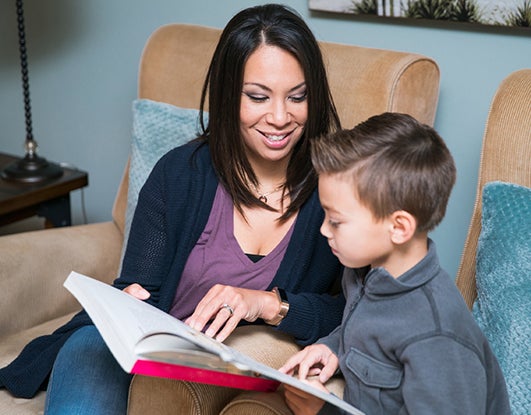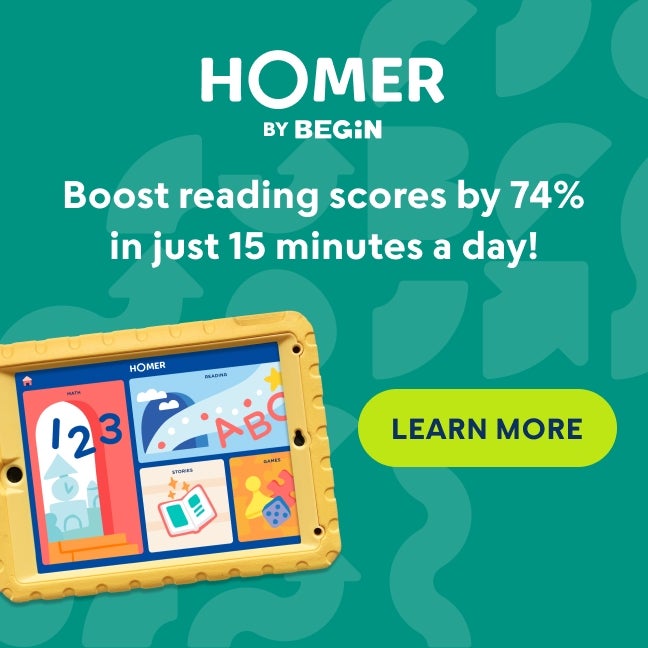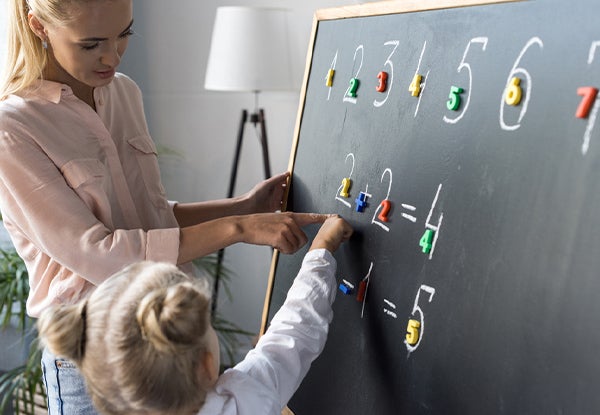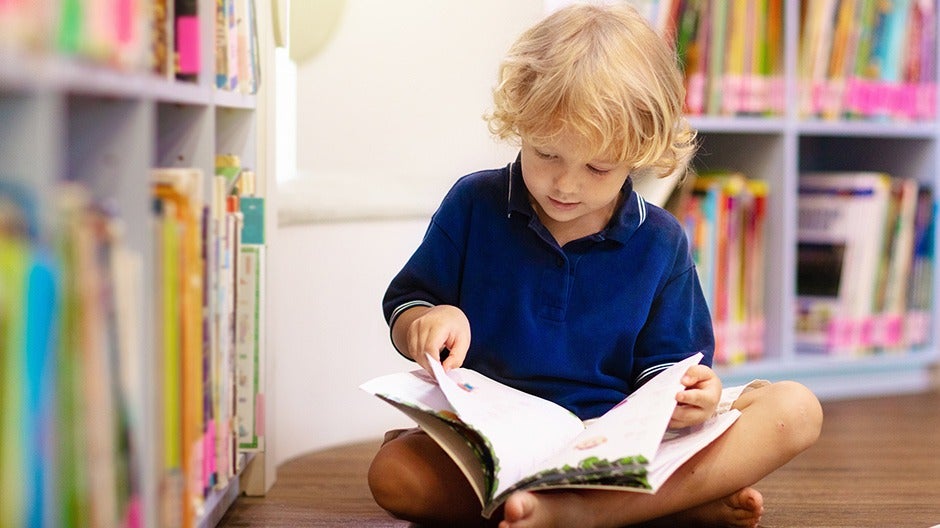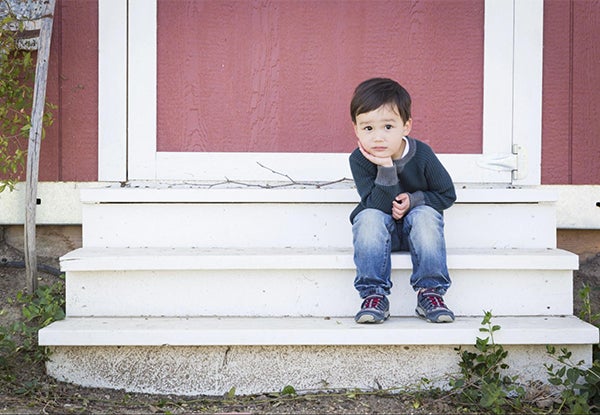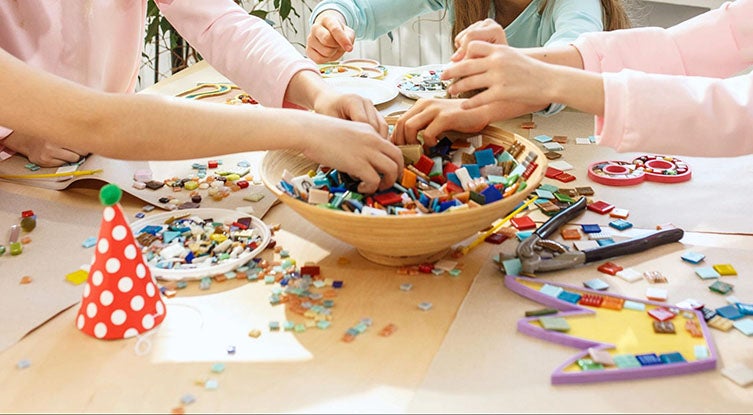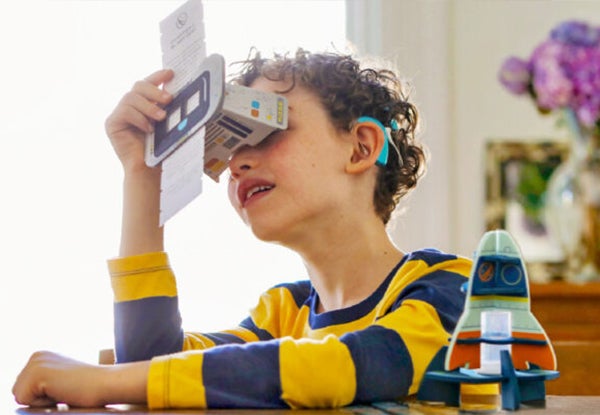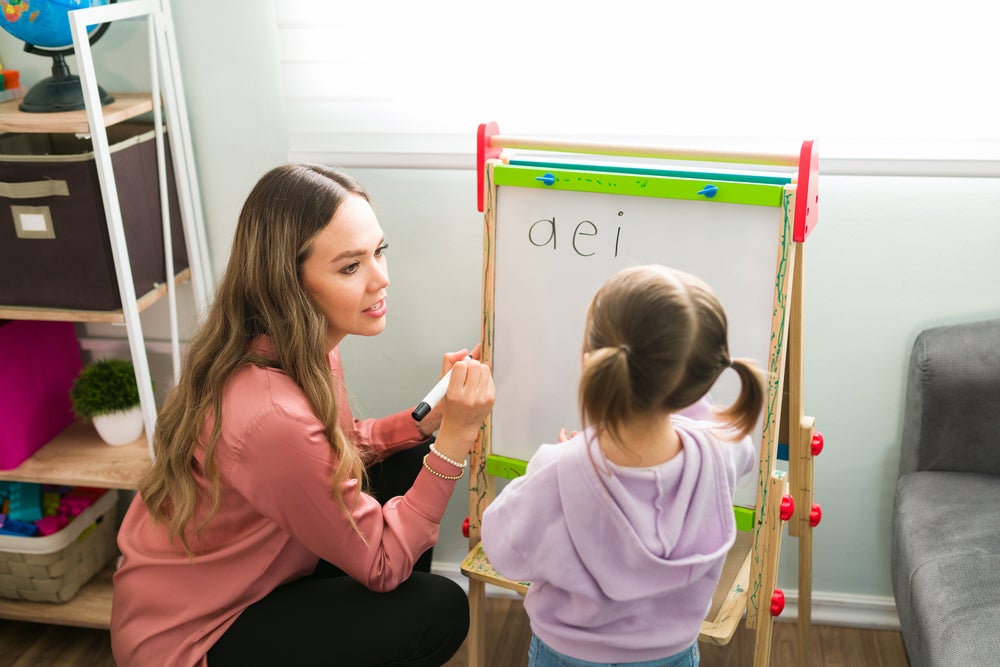Double consonant words can be difficult for kids to understand. As they’re learning, they’ll need a lot of practice to help them remember to add a second consonant when appropriate.
For example, there’s only one letter difference in the words “stared” and “starred,” but it’s an important letter. That extra “r” completely changes the meaning of the word. “Starred” is one of many double consonant words your child will learn to read and spell.
To help with this critical reading skill, we’ve put together a guide on double consonant words. In addition to information on when you need to add an extra letter, you’ll find five engaging activities to let your child learn through play.
Table of Contents
- What Are Double Consonant Words?
- Fun Double Consonant Activities
- Strategies For Teaching Double Consonant Words
What Are Double Consonant Words?
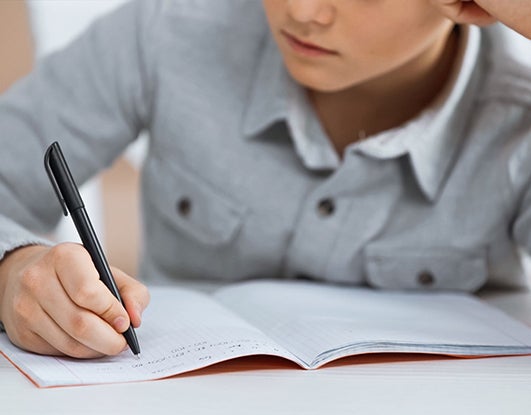
Before we dive into double consonant words, let’s briefly review what a consonant is.
The English language divides letters into two groups: consonants and vowels. There are 21 consonant letters: B, C, D, F, G, H, J, K, L, M, N, P, Q, R, S, T, V, W, X, Y, and Z.
Every other letter is a vowel: A, E, I, O U. (Well, sometimes Y is also a vowel, but we’ll get into that another time.)
Double consonant words have two consonant letters side by side.
One spelling rule states that you’ll double the final consonant in a one-syllable word only if the word ends in one vowel followed by one consonant and you are adding an ending that begins with a vowel, like “ing” or “ed.”
For example, “clap” is a one-syllable word with a short vowel followed by one consonant as the last letter. When you add a suffix that begins with a vowel, such as “ing,” you’ll need to double that last consonant to spell the word correctly. When you do, you get the word “clapping.”
You’d also add the double consonant if you wrote the word in the past tense, “clapped.” However, the term “claps” doesn’t need an extra “p.” That’s because the suffix “s” doesn’t start with a vowel.
With that review under our belt, let’s turn to when your child should be learning this skill.
When Do Kids Learn to Read and Spell Double Consonant Words?

The ability to read and spell double consonant words typically happens around third grade. By this time, most kids have a firm understanding of the relationship between letters and sounds.
They can also read and spell different one- and two-syllable words. They’ll need to start doubling letters as they begin to read and spell longer, more complex words.
Of course, every child is different. So don’t be surprised if your child is learning this skill a bit earlier or later.
Building a Foundation for Learning Double Consonant Words
Learning to recognize and spell double consonant words can be challenging for some kids. But, with the right foundation, you can set your child up for success!
Here are some skills for your child to master before they tackle words with two consonants in a row.
Phonological Awareness
Phonological awareness is a broad concept that refers to the various skills a child will need and use while learning to read, including:
Segmenting: Recognizing and isolating syllables and sounds in a word.
Rhyming: Recognizing and using sounds within a word and at the end of a word that correspond to the same sounds in other words.
Blending: Combining syllables and sounds together to form words.
Recognizing alliteration: Identifying the occurrence of the same letter or sound at the beginning or adjacent or closely connected words.
Phonemic Awareness
Phonemic awareness is the ability to perceive and use the smallest unit of sound—phonemes—in a spoken and written language.
Phonemic skills include:
- Identifying the words in a sentence that begin with the same sound
- Separating the first and last sounds of words
- Putting sounds together to create new words
- Separating a word into its component sounds
These skills are important because they help learners match sounds to letters, sound out words they don’t know, and understand that if they change one sound, they change the entire word (e.g., replacing the /h/ phoneme in “hen” with a /p/ phoneme transforms the word into “pen”).
Syllable Structure
Becoming familiar with syllables is a direct offshoot of both phonological and phonemic awareness.
Teaching kids to identify these basic structures (i.e., the word’s component sounds) can help them become more comfortable with where they should insert the double consonants when necessary.
Pattern Recognition
Pattern recognition is another essential skill that can help your child learn—and master—double consonant words faster and easier.
Over time, learning to spell words with two consonants comes down to a form of memorization similar to learning sight words or the answer to two times two.
With plenty of practice, your child may eventually recognize the patterns inherent in creating double consonant words and be able to recall that “hopping” has two Ps and “hoping” has one P without having to think about it.
Keep in mind that it may take your child years to master this skill fully, just like it takes them years and lots of practice to learn their times tables.
But that doesn’t mean you have to wait! Start encouraging pattern recognition in your child’s play to lay a solid foundation for future learning.
Visual Memory
Like pattern recognition, visual memory can help your child when it comes time to tackle double consonant words. When your child develops visual memory, they’ll be better able to look at a misspelled word and realize that something isn’t right.
So, for example, when they encounter the sentence, “I’m hopping on one foot,” but it’s spelled “hoping,” they may get the feeling that the word is incorrect. This is their visual memory helping them identify mistakes.
Challenges of Learning Double Consonant Words
Learning to read and spell double consonant words can be challenging for some kids. They often can’t hear the difference between a word with a single consonant and one with a double letter.
To them, the word “stopped” likely looks like “stoped.” We know you don’t pronounce the other “p” and say, “stop-ped.” But the only way they’ll be able to tell the difference is by looking at the word and learning how double consonants function.
Additionally, you don’t double the consonant with every suffix. So trying to keep track of it all can be tricky at first.
Fortunately, there are some things you can do to help your child overcome these challenges. Check out the tips below for some ideas.
Fun Double Consonant Activities

Before you can work with your child on double consonant words, you need a list of words that fit this rule.
Here are ten base words that require a second consonant when adding a suffix that starts with a vowel, such as “ed” and “ing.” You can use these words for the activities below.
- Chop
- Skid
- Plop
- Beg
- Drum
- Grin
- Split
- Bid
- Fit
- Grab
Now that you have some words to work with, let’s get into the fun!
1) Does It Need To Be Doubled?
This activity helps reinforce the rules for when words need a double consonant before adding a suffix.
What You’ll Need:
- A piece of paper
- A ruler or other straight edge
- A marker
- Small stickers
- A pencil
What To Do:
First, prepare the paper for your child. Use the ruler to divide the paper into five columns. The first four should all be the same size, and the final one should be bigger for your child to write in.
Across the top, add the following column headers:
- Base Word
- One-Syllable?
- Only One Vowel?
- Only One Ending Consonant?
- Write The Word
In the base word column, write some words from the list above. For practice, also mix in some words that don’t require a double consonant, such as:
- Jump
- Nail
- Listen
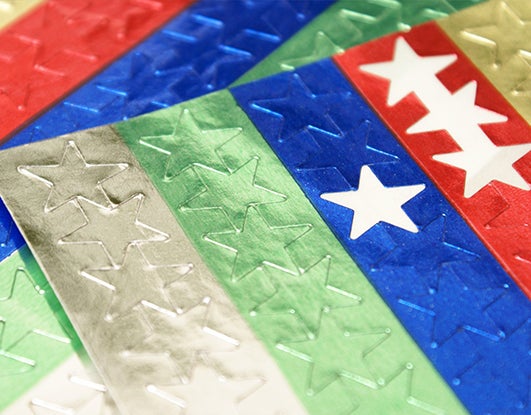
Give your child the stickers and have them read the first base word. Ask, “Is that a one-syllable word?” If it is, have them put a sticker in the corresponding column. If it’s not, ask them to leave it blank.
Continue with each of the following columns. Again, have them put a sticker in the column if the word fits the pattern. If not, they leave it blank.
Finally, ask your child to add a suffix where it’s needed. For example, if they put down three stickers in a row, they need to double the final consonant before adding the suffix, “ed.”
Repeat the process with all of the base words in your chart.
The first few times you do this together, your child will likely need help, so go slowly and stop if it gets too overwhelming.
To make this a bit more fun, make a game out of it! Write five words that double and five that don’t all on individual cards. Roll the cards up so you cannot see the words and put them in a bag.
You pull out a word and fill in the chart above. If you get a double consonant word, you get a point. The first to get five points wins!
2) Double Driving
This active learning game gets your child moving around while they learn.
What You’ll Need:
- 10 Index cards
- A marker
- A toy car
What To Do:
Write a double consonant word on each index card to prepare for this game. Then spread the cards around the room, word side up.
Hand your child a toy car. Ask them to drive around the room, picking up each word. Then have them bring it back to you. When they hand you the card, ask them to read the word.
If they get it correct, put it in a pile. If your child misreads the word, put it back out into the room so they can try it again later in the game.
Continue sending your child out to find words until they’ve successfully read them all.
3) Shaving Cream Spelling
This spelling game is messy, but it’s sure fun!
What You’ll Need:
A can of shaving cream
A table your child can work on
What To Do:
Spray a wad of shaving cream on the table and ask your child to use their hand to spread it around. Then give them a word that needs a double consonant and ask them to write it in the shaving cream.
If they get it correct, offer praise. If not, have your child “erase” it and try again. Continue giving them words to help reinforce the concept.
4) Find The Double Consonant Words

In this game, your child goes around the room looking for hidden double consonant words.
What You’ll Need:
- Index cards with double consonant words written on them (tip: write the double consonants in different colors to set them apart)
What To Do:
Hide the index cards around the room and then ask them to search for them. Each time they find a word card, have them bring it over and read it to you.
After they’ve found each one, have them read through the cards once more for practice.
5) Roll The Word
Let your child use their senses and spell double consonant words with playdough.
What You’ll Need:
- Playdough
- A work surface
What To Do:
Say a word that has a double consonant before a suffix. Then ask your child to spell it by shaping individual letters out of playdough. If they forget the double letter, ask them to look at the word again and see if they forgot anything.
Once the word is correct, have your child gather the dough together. Then give them another one to try.
6) Word Search
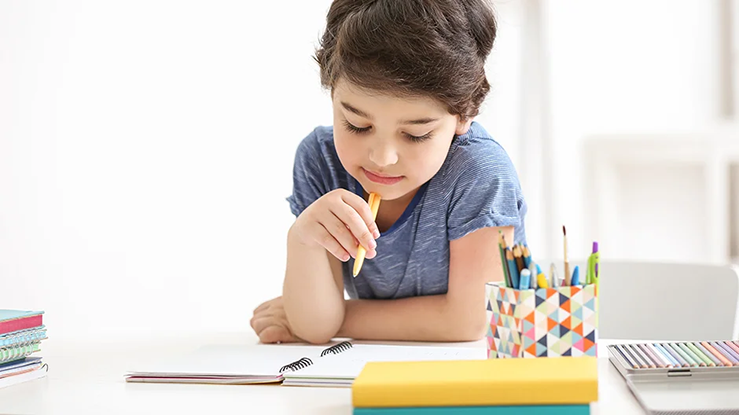
In this game, you create a word search puzzle that contains lots of double consonant words. You can either build the puzzle by hand or find an online generator to speed things up.
Keep a word search or two on hand or in your purse in the event that your child gets bored and needs something to do to occupy their attention.
What You’ll Need:
- Paper
- Pencil (colored pencils make for a fun word search experience)
- A list of double consonant words
What to Do:
Hide ten or more double consonant words in a jumble of letters and then challenge your child to find them all.
For younger children, start with words in their “normal” orientation—horizontal and from left to right. For older children, add words running from top to bottom, from bottom to top, backward (i.e., from right to left), and even diagonal.
To add even more fun to the game, use a stopwatch to either see how long it takes your child to find them all or see how many they can find in a certain amount of time.
7) Songs and Rhymes
Singing songs engages another part of your child’s brain and can help reinforce the concept of double consonants in a unique and fun way.
What You’ll Need:
- Songs or rhymes that include words with double consonants (“Peter Piper picked a peck of pickled peppers,” for example)
You can either make up your own fun songs and rhymes or search “double consonant songs for kids” with your favorite internet browser.
What to Do:
Sing the songs or recite the rhymes in a variety of situations, including:
- In the car
- On a walk
- While your child is coloring
- While your child is playing with blocks
- After a meal
For an extra challenge for advanced learners, ask them which word or words in the song contain double consonants.
8) Charades
In this game, you’ll act out words for your child to guess and maybe give your child the chance to do a little acting, too!
What You’ll Need:
- A list of double consonant words
- Plenty of room to move
- Props
What to Do:
Set a timer (this is optional) and try to get your child to guess the word that you’re acting out.
For example, you can stand up and put your hands together over and over in the hopes that they’ll guess “clapping.” Or, you can move your arms up and down at your sides in the hopes that they’ll guess “flapping.”
Once your child has guessed the word, let them take a turn acting out a word of their own.
9) Sandtray
The sandtray is a fun way for young learners to practice double consonants.
What You’ll Need:
- Tray to hold the sand
- Regular or colored sand
- List of double consonant words
What to Do:
Fill a tray with sand and write a word using your finger. Next, have your child trace over the letters with their finger to get familiar with the spelling. Once they’re comfortable, erase the word and see if they can write the word.
10) Typing Games
Since children use tablets, smartphones, and computers more than ever these days, why not use that technology to help your child learn words?
Online typing games and tools—like the HOMER app by Begin—can be customized to focus on double consonant words so that your child gets plenty of practice identifying those words by sight and reinforcing them in their brain with the physical movement of typing.
What You’ll Need:
- A tablet, smartphone, or computer
- An online typing game that allows you to specify which words you want to use
What to Do:
Allow your child a few minutes to explore the app and then challenge them to play the game and type all of the double consonant words.
If you can’t find a game you like, consider simply asking your child to type the word that you tell them.
Strategies for Teaching Double Consonant Words

Direct Instruction
Double consonant words are not easy to master, so it may take plenty of direct instruction on your part before your child understands.
Start by explaining the rules and then encouraging your child to put those rules into practice by engaging them in guided practice or independent practice (more on those in the next section).
Keep in mind that your child likely won’t get it right away and you’ll have to instruct them directly many times until they make the connections and start to understand how it all works.
Guided Practice
Provide opportunities for your child to practice under your watchful eye. For example, create a word search that contains double consonant words and do it with your child.
One way to do this is for you to point out the words and have them do the circling. Another option is to have your child point out the words and you do the circling.
If your child is old enough, consider letting them do both parts of the practice (finding the words and circling them), but provide clues in the form of the Charades game mentioned earlier (e.g., clapping, hopping, stopping, etc.).
Independent Practice
Once your child gets the hang of things, encourage independent practice. This may take the same form as guided practice but without your input or presence.
For example, provide your child with access to word search games that contain double consonant words and let them complete the sheet on their own.
They may not find all the words, but that’s OK! Learning to do things on their own without your help is a big part of their mental and physical development.
Celebrate Success
Take every opportunity to celebrate your child’s successes—no matter how small!
For example, if they identify or write out a new double consonant word correctly, give them lots of praise and maybe even a big gold star for their effort.
Double the Letters, Double the Fun!

The above activities can help your child become more confident in reading and writing double consonant words. With lots of practice, they’ll be less likely to struggle when they see these words in books or want to add them to a story they’re writing.
Don’t forget, every child learns at their own pace. So if your child isn’t ready for some activities, that’s OK. Just wait a bit and try again later. They’ll soon be a pro at double consonants!
In the meantime, help them keep their spelling skills sharp with the HOMER Learn & Grow app. With personalized lessons, they can practice their literacy skills at the pace they need.
